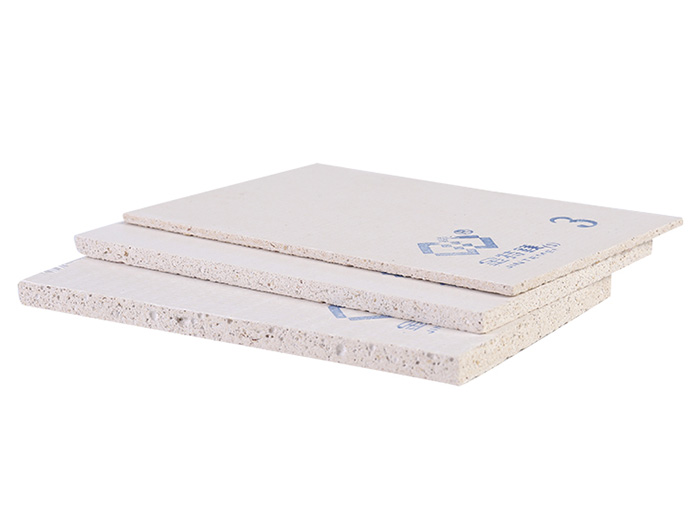
When choosing fireproof boards, one should not only look at the patterns but also comprehensively consider the following five aspects:
The first step: Clarify the usage scenarios and core requirements
This is the basis of the choice and directly determines which performance you need to focus on.
Usage scenario: Recommended focus points
Kitchen cabinets/countertops: Wear-resistant, heat-resistant, stain-resistant, and easy to clean
Laboratory countertop/hospital: Resistant to chemical corrosion, antibacterial, and easy to disinfect
Office/store furniture: Wear-resistant, scratch-resistant, and stylish design
Schools/public places: Ultra-high wear resistance, impact resistance, and fire safety
Step 2: Examine the core performance parameters
When purchasing, you can ask the merchant for the following key parameters:
Wear-resistant revolutions: Measured in "revolutions". For office and home use, it is recommended to rotate at least 400 revolutions per minute. For high-intensity use (such as in schools and hospitals), it is recommended to rotate at least 900 revolutions per minute.
Fire resistance: When tested by cigarette burning, there should be no burn marks on the surface.
Chemical resistance: It should be able to resist common acids, alkalis and solvents.
Formaldehyde emission: Choose products that meet E1 or higher environmental protection standards.

Step 3: Pay attention to the surface texture and feel
The surface treatment process of fireproof boards determines their appearance, feel and the difficulty of cleaning.
Glossy/high-gloss: Easy to clean, but prone to fingerprints and scratches.
Matte/matte surface: Most commonly used, with good texture, anti-fingerprint, and easy to clean.
Leather grain/wood grain: It has a realistic touch and strong decorative effect, but those with deep concave and convex textures may be difficult to clean.
Metallic texture: Strong modern feel, but attention should be paid to scratch resistance.
Step 4: Distinguish between brand and quality
International well-known brands: such as Formica, VIA, Puli, etc. Their product lines are rich, with stable performance and guaranteed quality, but the prices are relatively high.
Domestic brands: such as Songnaite, Visengya (domestic line), etc. It has a high cost performance and its quality has improved rapidly in recent years.
Identification method: Check if the cut surface is dense and uniform, smell the odor (high-quality products should have no pungent smell), and request a test report.
Step 5: Consider the budget and processing
Budget: International brands > domestic brands; Special textures (such as metal and solid wood veneer) > ordinary textures.
Processing: Fireproof boards need to be pressed and adhered to the base material by professional furniture factories using special glue, and the edge banding process has extremely high requirements. Ordinary consumers cannot process it by themselves and need to have it done through custom furniture merchants.